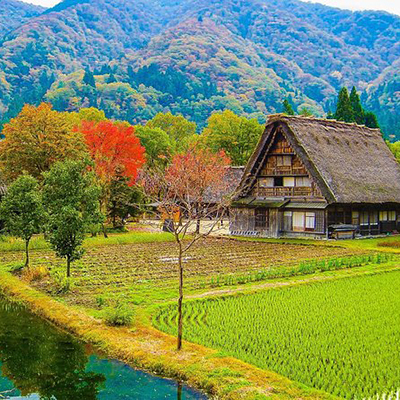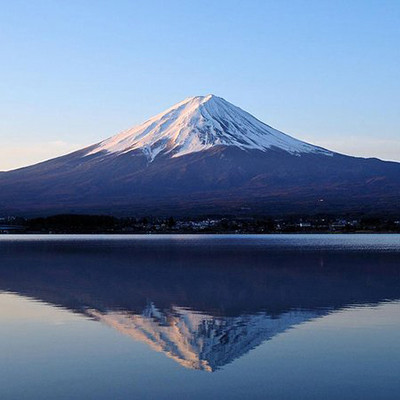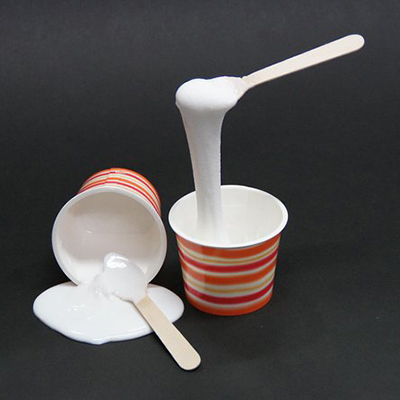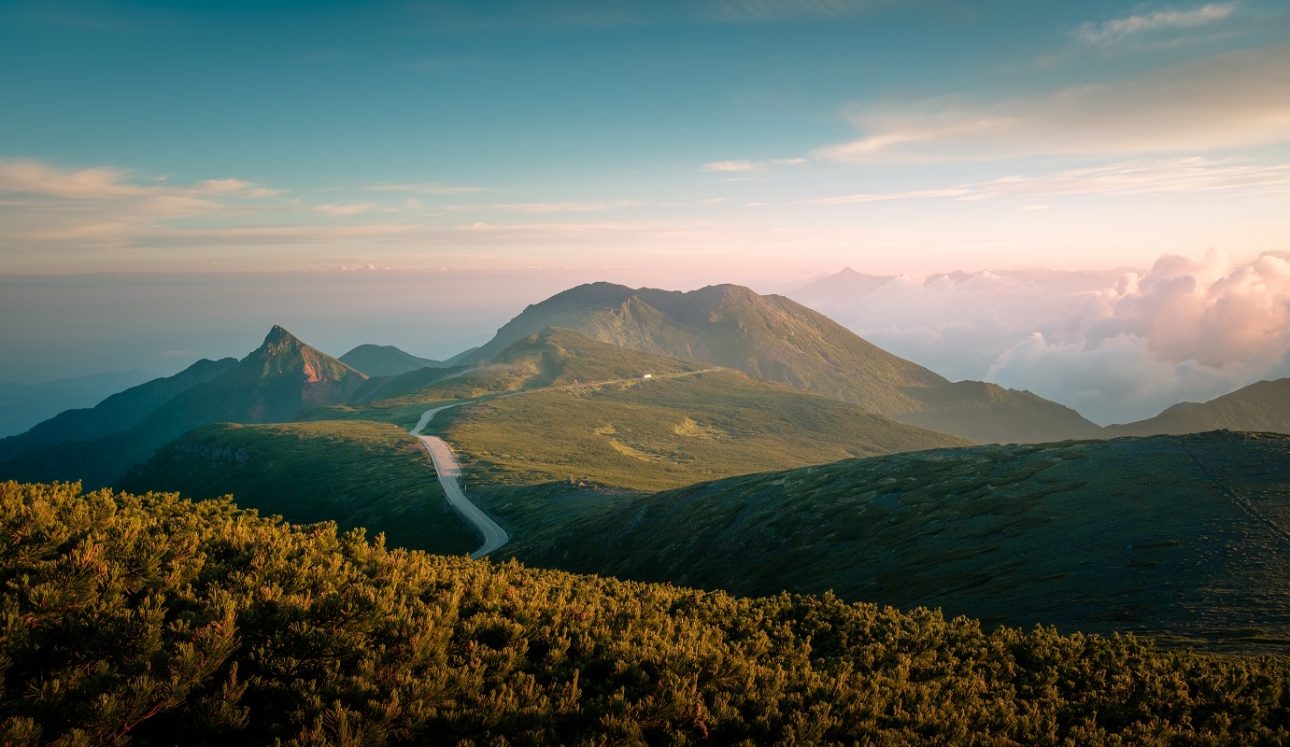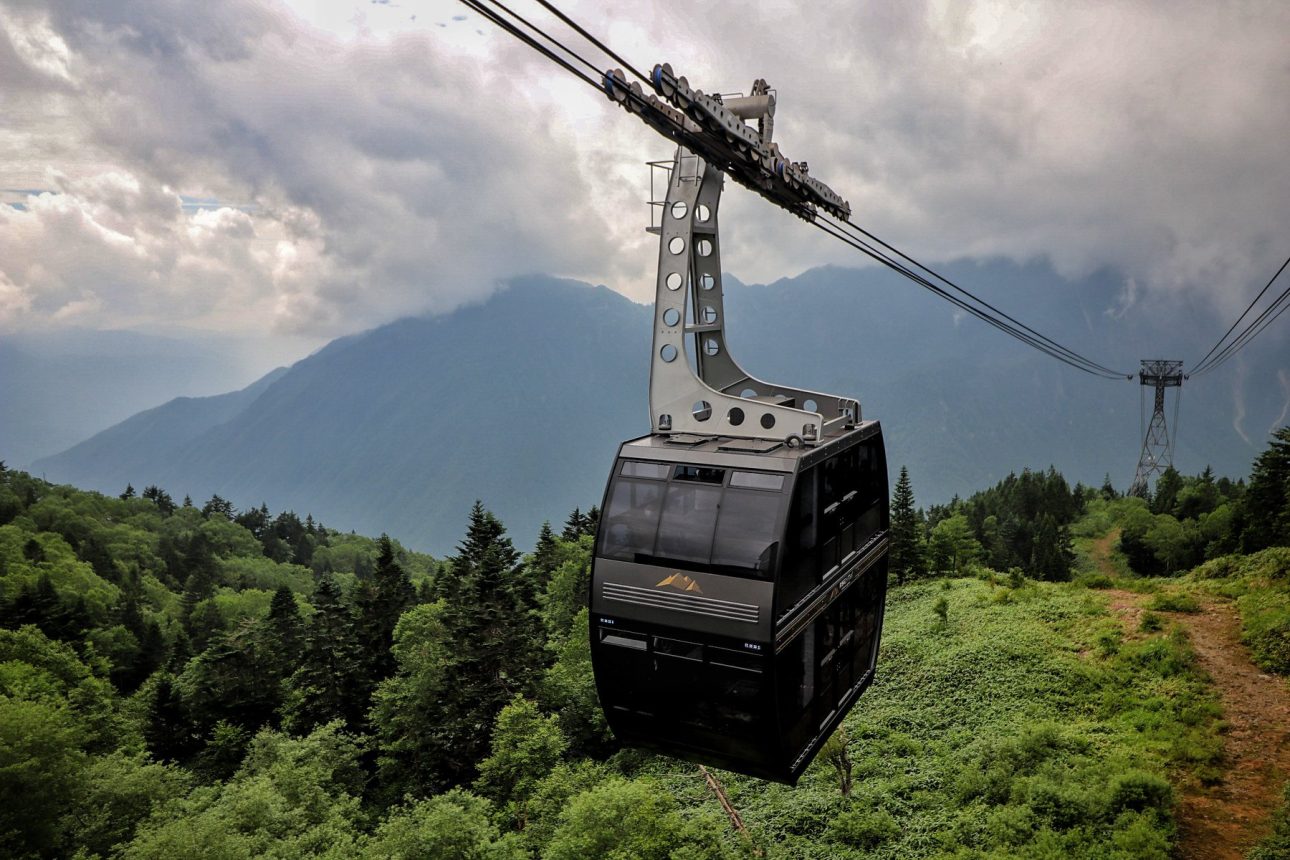Get active or just relax in Gifu’s nature
Hiking and skiing in the mountain ranges of Japan’s Northern Alps. Canyoning through the lush gorges of Hida-Osaka. Cycling around Hida-Furukawa’s farmland. The natural surrounds of Gifu are as varied as the activities you can enjoy in them. Climb, hike, swim, cycle—it’s all possible and it all comes with fresh, clean air.
Not that you have to be active to enjoy Gifu’s top outdoor activities. You could ride a cable car above a sea of clouds or soak outdoors in mineral-rich hot-spring baths, soothing your muscles while taking in the changing seasonal colors—the pink cherry blossoms of spring, verdant foliage of summer, earthy tones of fall, and thick, white carpeting of winter. Long treasured and protected by the people of Gifu, the countryside here is a destination for all seasons, and for anyone.
Cycling Through Gifu’s Satoyama
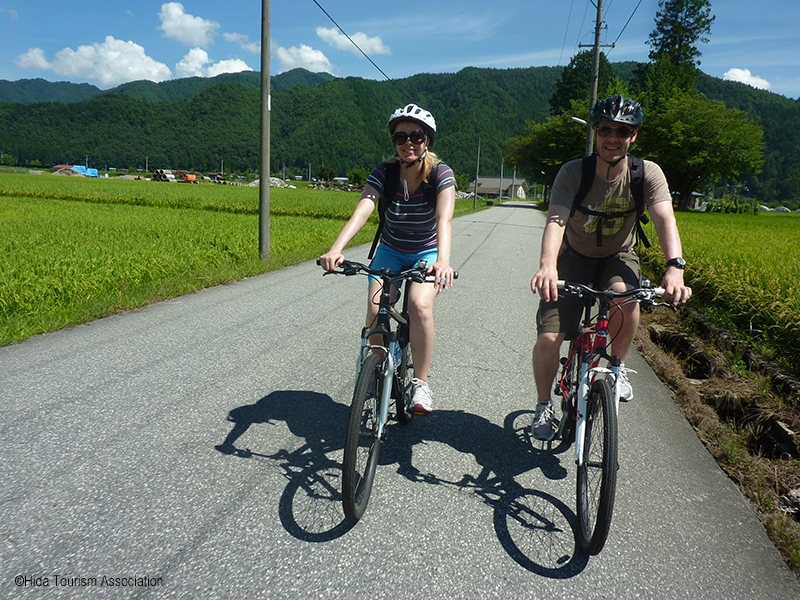
Some Japanese words are hard to translate simply. Satoyama is one of them, the term traditionally referring to the area that overlaps the foot of the mountains and arable land. In a country as mountainous as Japan, you could think of it as meaning rural. Gifu has plenty of rural, and it’s the perfect place for a bicycle ride—not just for the sake of burning calories, but to get a sense of what life is like for the people who call satoyama home and how they live in harmony with the nature around them.
To focus on one small part of Gifu’s satoyama, the small town of Hida-Furukawa has multilingual guides who year-round take travelers on countryside cycling trips and town-center food and culture walks. On route, they stop to chat with locals they meet on the way and draw attention to the little things that define country living in Gifu—the fruit and vegetables hung outside to dry in winter, the small green frogs hopping around summery rice paddies, the rice harvests of fall, and year-round the groups of school children safely walking home from school unattended. It’s a glimpse of life as it is, not a moment created for tourists. That’s Gifu.
The Waterfalls of Hida-Osaka
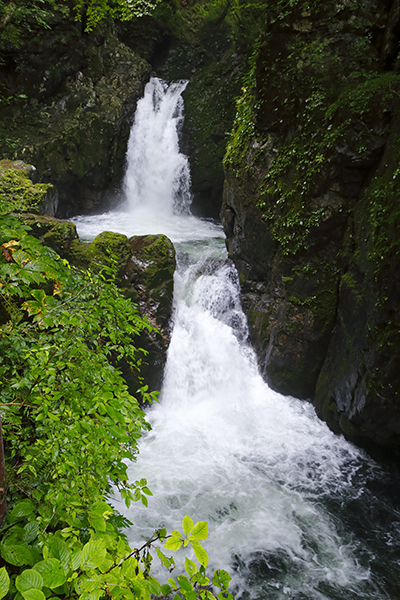
More than 50,000 years ago, an eruption of Mount Ontake recast the landscape of what is now Hida-Osaka town, in the process shaping more than 200 waterfalls in the area’s dramatic gorges. No other town in Japan has as many falls, and together they combine to make Hida-Osaka one of Gifu’s finest natural escapes.
To explore the falls, there are more than a dozen trails that are easy to access and suitable for all fitness levels. They lead to stunning natural sights such as the Karatanidaki falls, where the water echoes like a taiko drum, and the nearby Akaganetoyo falls, where the cacophony is replaced by a hushed calm. No single fall is the same, and the atmosphere changes seasonally.
In spring, the trails are accented by cherry blossoms and peach flowers, while fall brings yellow and red foliage. In summer, when the cooling air around the falls offers welcome respite from the heat and humidity, you can try canyoning through the rivers here. In winter, you can snowshoe to frozen waterfalls. Year round, there’s something spectacular for everyone.
Soaking in Gifu’s Natural Hot Springs
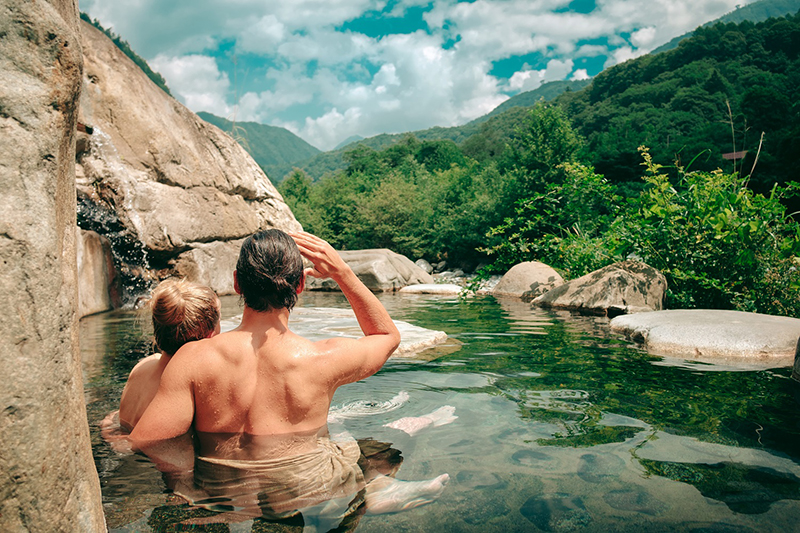
The onsen is Japanese tradition at its muscle-relaxing best. Thanks to high levels of geothermal activity, Japan has some 3,000 onsen (hot spring) resorts around the country, drawing their mineral-rich waters from an estimated 25,000-plus natural sources.
Any town that has “onsen” in its name is going to have hot springs. Gifu has plenty of those, each with traditional inns, called ryokan, where guests don’t just enjoy hot-spring bathing, but also get to stay in tatami-mat guestrooms and indulge in multi-course dinners featuring regional, in-season flavors.
To call out a few, in the Northern Alps there are the Okuhida Hot Spring Villages, collectively home to the largest number of outdoor baths in Japan. There’s the riverside Nagaragawa Hot Springs in the shadow of Gifu Castle. In Gero Hot Springs, located in between Gifu and Takayama on the JR Takayama Line and historically considered to be one of the “three best hot springs” in Japan, there are countless onsen baths in ryokan, free public baths outside, and even ashi-yu (foot baths) scattered around the downtown area. The water here is referred to as the “springs of the beautiful” because of the silky-smooth effect it has on skin.
The throbbing heat of a foot bath is as good as any foot massage. But surrounded by the nature of Gifu, there really is nothing that can beat a soak in a rotenburo (outdoor bath), letting the hot water soothe while you take in the scenery—therapy and views provided by mother nature.
Take to the Slopes in Gifu

Ski, snowboard or trek, Gifu has plenty of options for winter sports fans. On the Takasu Mountains, which are only a 30-minute drive from the traditional streetscapes of Gujo Hachiman or two hours from Nagoya’s Centrair Airport, Gifu has the biggest interlinked snow resort in central Japan. It’s a sprawling area comprised of six individual resorts, each with a mix of runs aimed at varying skill levels—from veteran snowboarders to first-time skiers of any age.
The season here is long, from late November to early May most years, and away from the slopes there are numerous natural hot-spring baths for soaking off the day’s exertions and soaking up traditional Japanese hot-spring culture.
Not that winter activities in Gifu are limited to resorts. In Hida-Osaka, you can go on snowshoeing tours to frozen waterfalls from January into early March, while experienced hikers could ride the Shinhotaka Ropeway up into the Northern Alps to take on challenging winter trails surrounded by 3,000-meter peaks. From late December to Mid-March, anyone can try snowshoeing tours from Shinhotaka’s visitor center through the snowy Nabedaira Kogen Heights. And hiker or not, everyone should make that ropeway trip for the panoramic winter views.
Views and Adventure in Japan’s Northern Alps
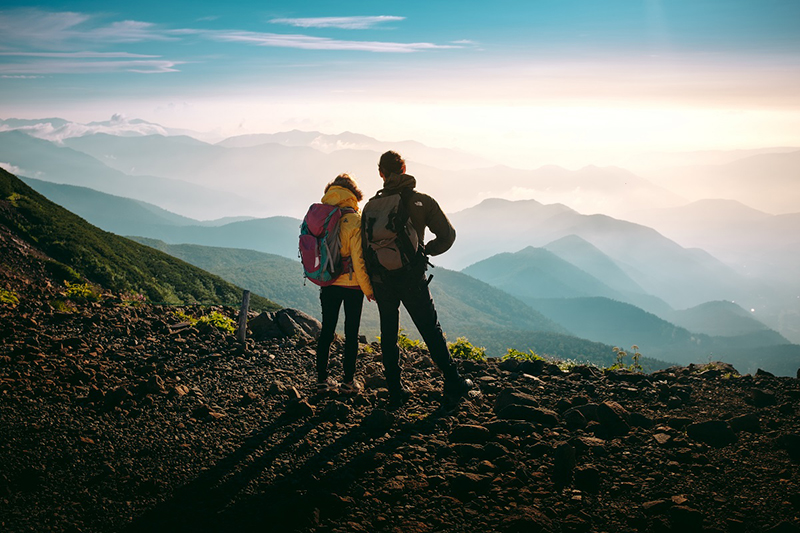
When the Shinhotaka Ropeway breaks through wintery clouds, there’s no sight in Japan that compares. A fluffy sea of white punctuated in all directions by jagged mountain peaks, this is Japan’s Northern Alps.
The scene is such a contrast to the flat, southern half of Gifu prefecture. Up here, where many of the mountains break through the 3,000-meter barrier, you are immersed deep in nature. You might spot a Japanese serow, rock ptarmigan or Japanese macaque…maybe even a bear. You can explore trails where the only footsteps are yours. You find tranquility.
Through the year, there is something for everyone up in these mountains, from snowshoeing, skiing, and snowboarding in winter to trekking and mountain climbs for all levels in summer. As for the views, they are breathtaking year-round, too. In fall, the ranges are ablaze with yellow and red foliage. Even in July, when the temperature high up in the Northern Alps hovers at a refreshing 20 degrees, you’ll still see a smattering of white on the tallest peaks, while below will be a mass of green slopes and gorges.



